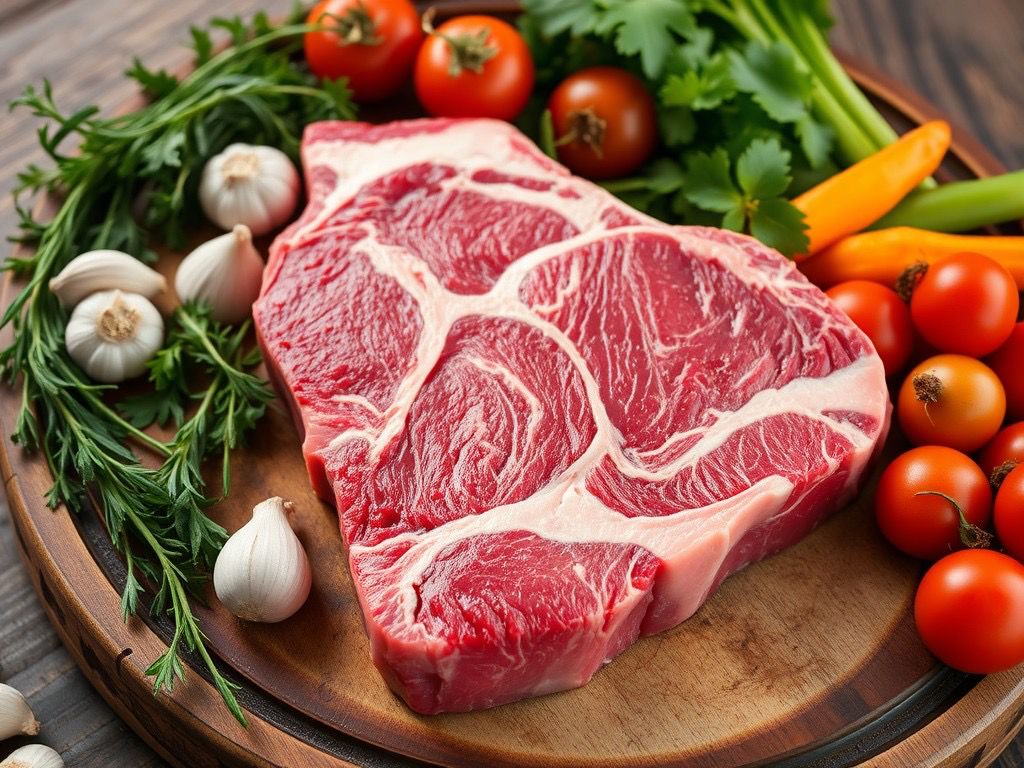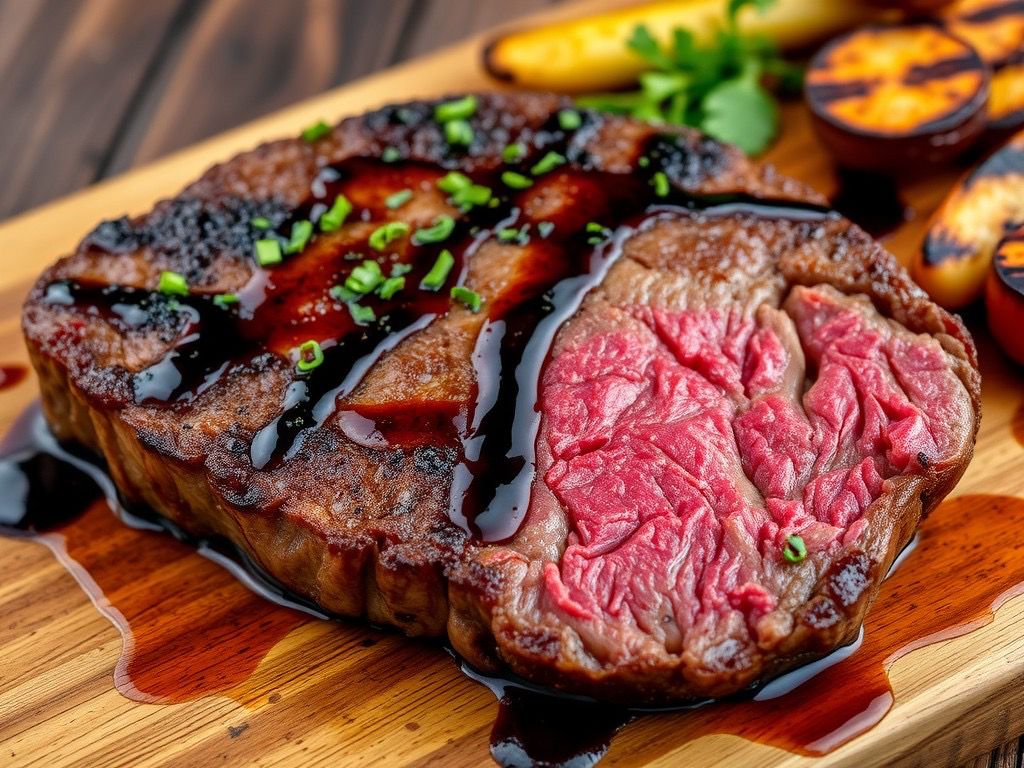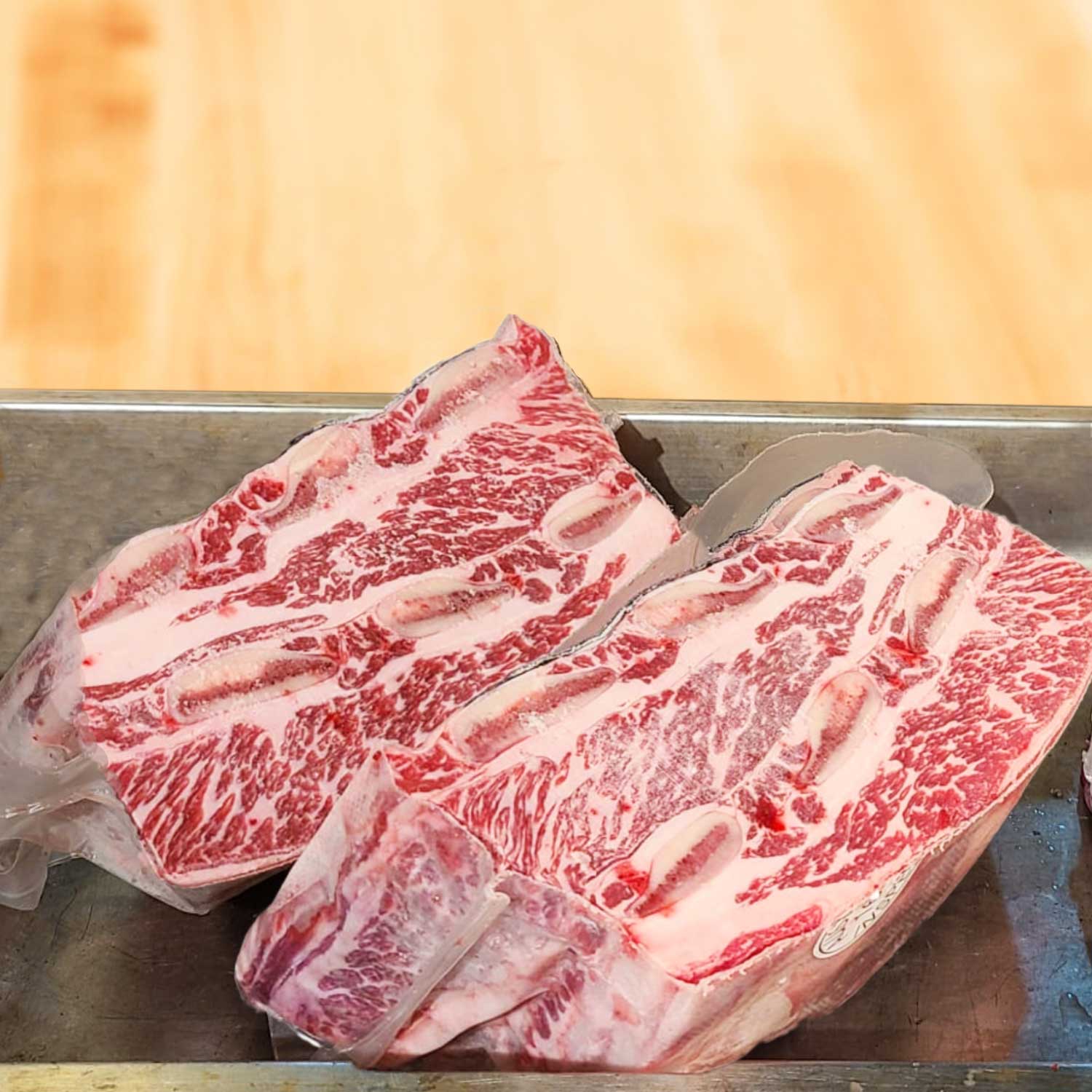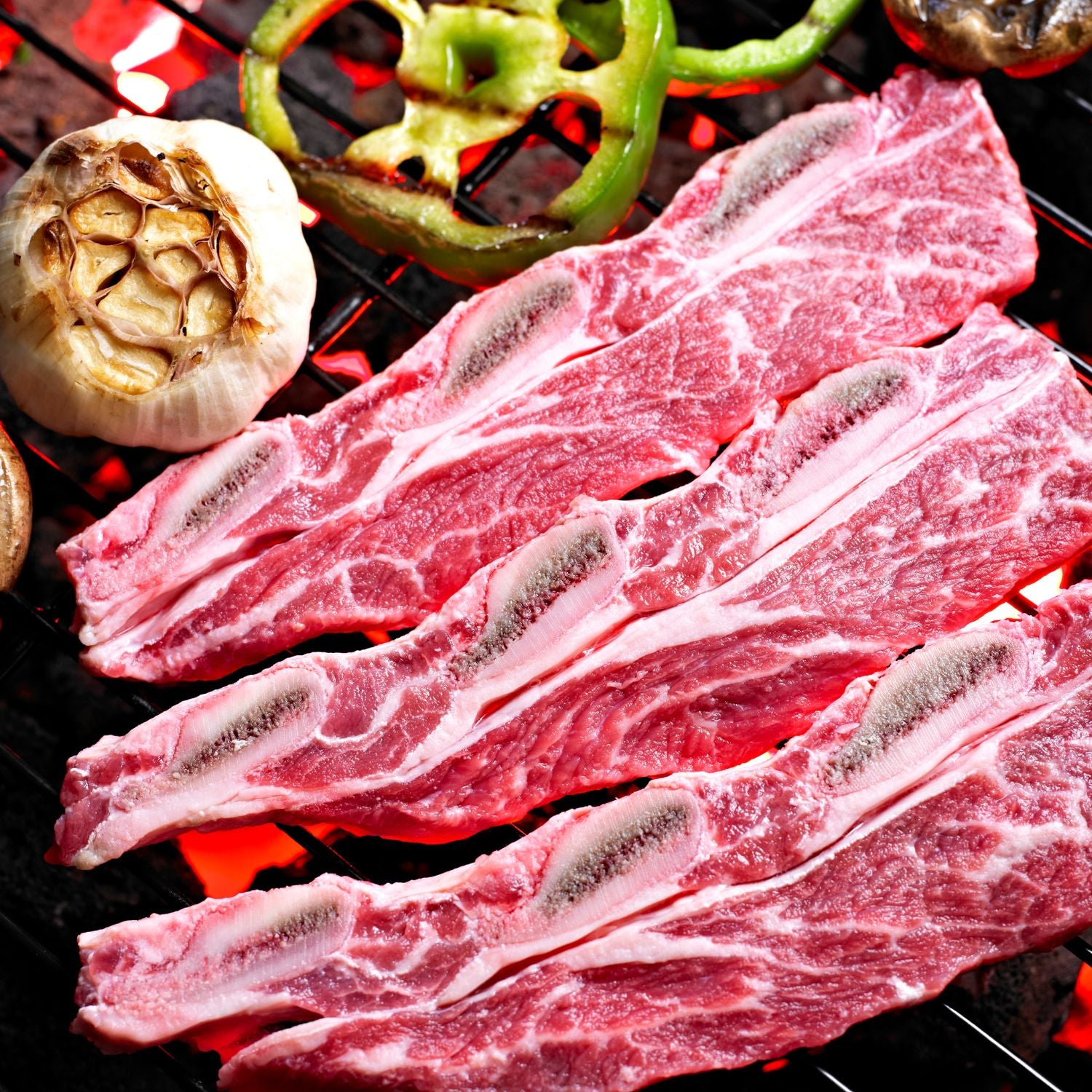Understanding the Grass-Fed Movement and Its Benefits for Meat Lovers
The Origins of Grass-Fed Beef
The grass-fed beef movement traces its roots to traditional farming methods. These methods focus on raising cattle on open pastures, where they feed on natural grass. Unlike grain-fed cattle, grass-fed cows graze freely. This practice harks back to an era before industrial farming took hold. By letting cattle eat a more natural diet, farmers aim for both animal welfare and meat quality. Thus, grass-fed beef has become a symbol of sustainable and ethical eating. In Hong Kong, the movement gains momentum among those who value food origin and purity.

Why Grass-Fed Beef is Healthier for Consumers
Grass-fed beef is gaining popularity for its health perks. It's leaner than grain-fed beef, with more omega-3 fatty acids, which are good for the heart. With less fat and more beneficial nutrients, eating grass-fed can be a smarter choice for health-conscious food lovers. It also has higher levels of antioxidants and vitamins, such as vitamin E. For those looking to maintain a healthier diet without giving up red meat, grass-fed beef offers a tempting alternative. Its health benefits make it a standout choice for meat aficionados in Hong Kong.
The Role of Grass in Flavor and Texture
The grass a cow eats affects its beef's taste and feel. Grass-fed meat boasts a unique, earthy flavor. It's rich and less fatty than grain-fed beef. The texture is firmer, making it favored in Hong Kong cuisine for its hearty bite. Cooks also prize grass-fed beef for its natural marbling. This leads to succulent, juicy steaks when cooked right. Many Hong Kong chefs and food lovers prefer it for a more authentic taste. The grass diet is the secret to its distinct gourmet appeal.
Selecting the Best Cut: A Guide to Grass-Fed Tenderloin and Wagyu Steak
What to Look for When Buying Grass-Fed Tenderloin
When selecting grass-fed tenderloin, consider these points:
- Check for a deep red color; it shows freshness.
- Look for even marbling; this means tastier meat.
- The meat should have a firm texture to touch.
- Opt for tenderloin with a clean and not overly fatty trim.
- The smell is vital; it should be subtly sweet, not sour.
- Always verify the source; local, reputable farms are best.
- Ensure it has clear labeling stating it's grass-fed.
Choose carefully to enjoy a premium grass-fed experience.
The Ultimate Guide to Picking Wagyu Steak
Selecting the perfect Wagyu steak is an art. Look for marbling, the fat that makes it tender. Check the grade; A5 is the top. Think about the cut: ribeye and sirloin are popular. Don't forget the origin; Japanese Wagyu is most coveted. Ask your butcher for advice; they know their meats. Remember, top Wagyu can be costly, but worth it. Happy steak picking in Hong Kong!
Comparing Grass-Fed Tenderloin and Wagyu: Quality and Price
When choosing between grass-fed tenderloin and Wagyu, consider quality and price. Grass-fed beef offers leaner meat with a distinct taste. It is also often less pricey than Wagyu. Wagyu is prized for intense marbling and rich flavour. However, it comes with a higher cost. In Hong Kong, both are in demand, but Wagyu often wins on luxury appeal. It is all about your preference and budget. Think about the occasion and decide which is best for you.
Expert Techniques for Cooking Grass-Fed Tenderloin and Wagyu Steak
The Ideal Methods for Pan-Frying and Grilling
To cook perfect grass-fed tenderloin and Wagyu steak, pan-frying and grilling are key. Start by patting the steak dry and seasoning well. For pan-frying, use a cast-iron skillet. Heat it until very hot. Add a high-smoke-point oil, then the steak. Don't touch it for a few minutes to get a good sear. Flip and cook to your liking. Rest the steak before serving. For grilling, ensure your grill is clean and hot. Sear the steak on high, then finish on a lower heat. Use a thermometer to check for doneness. Let the steak rest for tenderness. These methods will give you a juicy, flavorful steak.
How to Master the Art of Sous Vide Cooking for Steak
To master sous vide steak, consider these steps: First, season your steak with simple spices. Then, seal it in a vacuum bag. Set your sous vide machine to the right temp for your desired doneness. Cook the steak for a few hours. Finally, sear it on high heat for a tasty crust. With patience and precision, sous vide can elevate your steak to perfection.
Seasoning and Pairing: Tips from the Culinary Experts
- Less is more. For high-quality meat like grass-fed tenderloin and Wagyu, keep seasoning simple.
- Use coarse salt and freshly ground pepper to enhance the natural flavors.
- Allow steaks to reach room temperature before cooking for even seasoning.
- Consider complementary herbs like thyme or rosemary for an aromatic touch.
- After cooking, let steaks rest. This lets juices spread and seasons mix well.
- Pair tenderloin with light-bodied red wines, like Pinot Noir.
- Choose a full-bodied red, like Cabernet Sauvignon, for the rich taste of Wagyu.
- Serve steaks with sides that don’t overpower. Try sautéed greens or roasted veggies.
- For sauces, opt for simplicity. A dab of herb butter or a drizzle of balsamic reduction works.

















